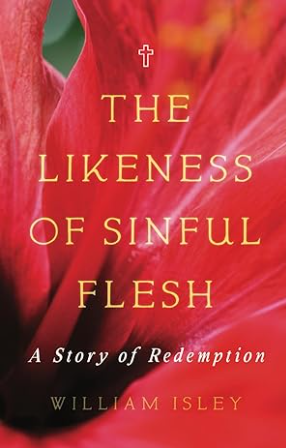I recently watched the movie version of Lewis’s book The Voyage of the Dawn Treader. I left entertained but not satisfied; so I decided to read the book again, which is my favorite in the series. After finishing, I see three reasons that the movies fall short of the books.
- First, there is a literary error. The moviemakers appear to understand the books as children’s adventure stories with a spiritual twist. This causes them to make the films into family-friendly action-adventure flicks. One wonders how they will be able to handle the increasingly mature themes in the later books.
- This leads them to put their cinematographic efforts into battles and miss the opportunity to rise up to the creative challenge of putting into pictures Lewis’s vivid portrayals of spiritual truths and experiences.
- The result is that the scenes with Aslan or those that broach the spiritual dimension seem anemic.
These errors affect negatively the movie version of The Voyage of the Dawn Treader. Three scenes or themes fail to live up to the book. Consequently, a potentially classic children’s movie of spiritual import becomes just a forgettable, albeit enjoyable, action-adventure movie.
The first failure is Eustace’s transformation from a dragon back into a boy. Now, the movie does capture the delightfully nasty Eustace quite well, but its portrayal of Aslan the lion pawing the ground to remove the dragon skin from Eustace is tepid. In the book the transformation is brutally vivid. Eustace the dragon actually removes three layers of skin before Aslan has to take over. When Aslan does, his claws tear so deeply that Eustace feels as if the lion has cut into his heart. The book paints a striking picture of our inability to remove sin and the need for Christ to remove it. Was it thought that the book is too graphic for a “family” movie?
The second failure is the dark island where everyone’s dreams come true. The movie pulls out all stops to create an exciting fight against a sea serpent, but this is child’s play in comparison to the horrific imaginative possibilities of Lewis’s writing. In the book, while the crew in panic desperately tries to row out of the darkness after being warned that it is a place of nightmares, those nightmares begin to take form. They hear unnamed creatures crawling up the sides of the ship, see something on the mast and hear the sound of scissors opening and closing and are unable to find their way out of the darkness. In answer to Lucy’s prayer Aslan comes as an albatross and leads them to the light. One experiences powerfully the relief of being delivered from a nightmare. Surely with our technology this is a scene that the movie could have captured for us. Were they too afraid of frightening children to use all the techniques of horror films to show us a nightmare?
However, the movie’s greatest failure is not being able to portray the main element of the story—sailing to the world’s end and Aslan’s land. It starts badly. One can barely hear Reepicheep’s recital of the dryad’s words over his cradle about finding all he’d seek where sky and water meet. And nowhere in the film does one catch Reepicheep’s passionate longing to sail east in the Dawn Treader, and, when she fails, to paddle east in his coracle, when it sinks to swim east with his four paws, and, when he can swim no longer and hasn’t reached Aslan’s land or plunged over a cataract at the world’s end, to sink with his nose to the sunrise.
Lewis is a visual author and the last chapters of The Voyage of the Dawn Treader are perhaps his best. It is a shame that the makers of the movie did not use all the marvelous cinematic techniques to allow us to see Lewis’s magical mystical descriptions of the end of the voyage. What a joy it would have been to experience vicariously via film the crew’s journey into the sun with shining faces, drinking liquid light while sailing through the whiteness of the Silver Sea of lilies shot with gold.
This is Lewis’s fictional portrayal of “joy,” that sweet longing for something that is always just out of our grasp in this world. This was the central experience used to bring him to God. For this reason The Voyage of the Dawn Treader takes the form of a quest, like the search for the Holy Grail. This is the great adventure.
While rereading those wonderful pages, my heart was filled to overflowing, and, when Reepicheep disappeared over the great wave, I burst into tears and cried out as I thought of my sins, for I am a Calvinist, “I have wasted my inheritance for a mess of pottage.” At the end of the book I was made ready to return to the real world after supping by the seashore with the Lamb, who is the Lion. It was not just an evening’s entertainment. Please, read the book if you haven’t.

